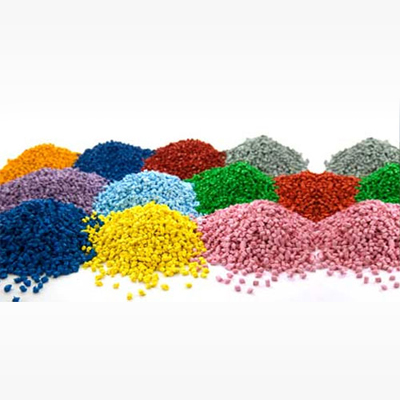Plastic pipes - how it is continually re-shaping global construction markets

In a world fighting with years’ old infrastructural foundation and more successive critical climate changes while additionally looking for more sustainable and energy efficient building results — polymer-based materials are taking up a greater amount of the load. From bridges and streets to material and structures, inventive structures are utilizing post-purchaser plastics and advanced composites as tough and savvy choices to conventional material.
Large diameter plastic pipes have key impact in the national infrastructure because of their various utilisations in important ventures, for example, potable water lines, storm drains and wastewater treatment pipelines. It can be forecasted that the market will benefit from shooting prices of steel and an extremely value centric approach in arriving at pipeline projects. Continual rise in population and also the effective demand for water being on the rise, newer pipelines’ construction can be expected to rise. In the forthcoming years, owing to an increase in niche applications such that in underwater marine pipelines and mining pipelines, the demand for large diameter plastic pipes may sufficiently shoot up thus expanding market opportunities for the plastics industry.
Global demand for plastic pipes is projected to rise 8.5 percent annually through 2017 to 11.2 billion meters, getting better significantly from growth posted between 2007 and 2012. The growth advances will be contributed greatly from increased construction spending throughout the world, as plastic pipes are most heavily utilized in construction applications.
This can mean good news for Asian markets, especially that of India and China.
The All India Plastics Manufacturers’ Association (AIPMA), shares that with increasing demand from various sectors such as agriculture, automobile, engineering, packaging, infrastructure and healthcare, the Indian plastics industry is likely to witness a substantial growth in investment in new technologies.
With growing concern for environment, the market for biodegradable plastics is expected to increase in future, thus leading to rise in demand for biodegradable masterbatches – a key additive that is added to plastics to help it decompose in environment.
PVC is by a wide margin the most broadly utilized pipe resin representing in excess of 55 percent of worldwide plastic demand in 2012. Going ahead, on the other hand, HDPE is relied upon to take piece of the pie from PVC in a mixed bag of development provisions. For example, as PEX gets more regular in numerous territorial markets, the material will replace PVC potable water distribution pipe. Furthermore, fibre glass which had over a long period of time seen little demand owing to it being expensive, is now being used for water and wastewater settings due to its application variety and excellent performance.
Construction related applications will provide the most impetus for growth in plastic pipe demand in all global regions. For example, recovery in the U.S. construction industry will result in double-digit gains in pipe demand. China, which maintains the world’s largest construction market, will also contribute greatly to global growth.
While plastic pipe use is not as widespread in the oil and gas and process manufacturing markets, improvements in resin formulations have empowered plastics to raise its market share in recent years, in the industry.
source:uk.finance.yahoo.com,undergroundconstructionmagazine.com,business-standard.com



